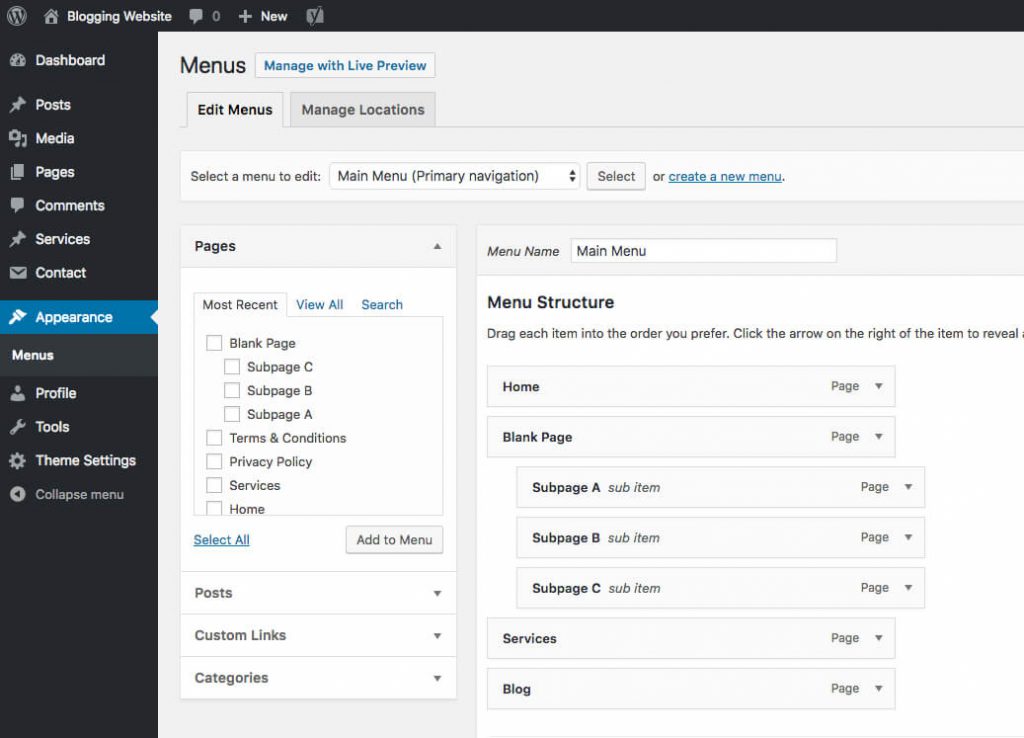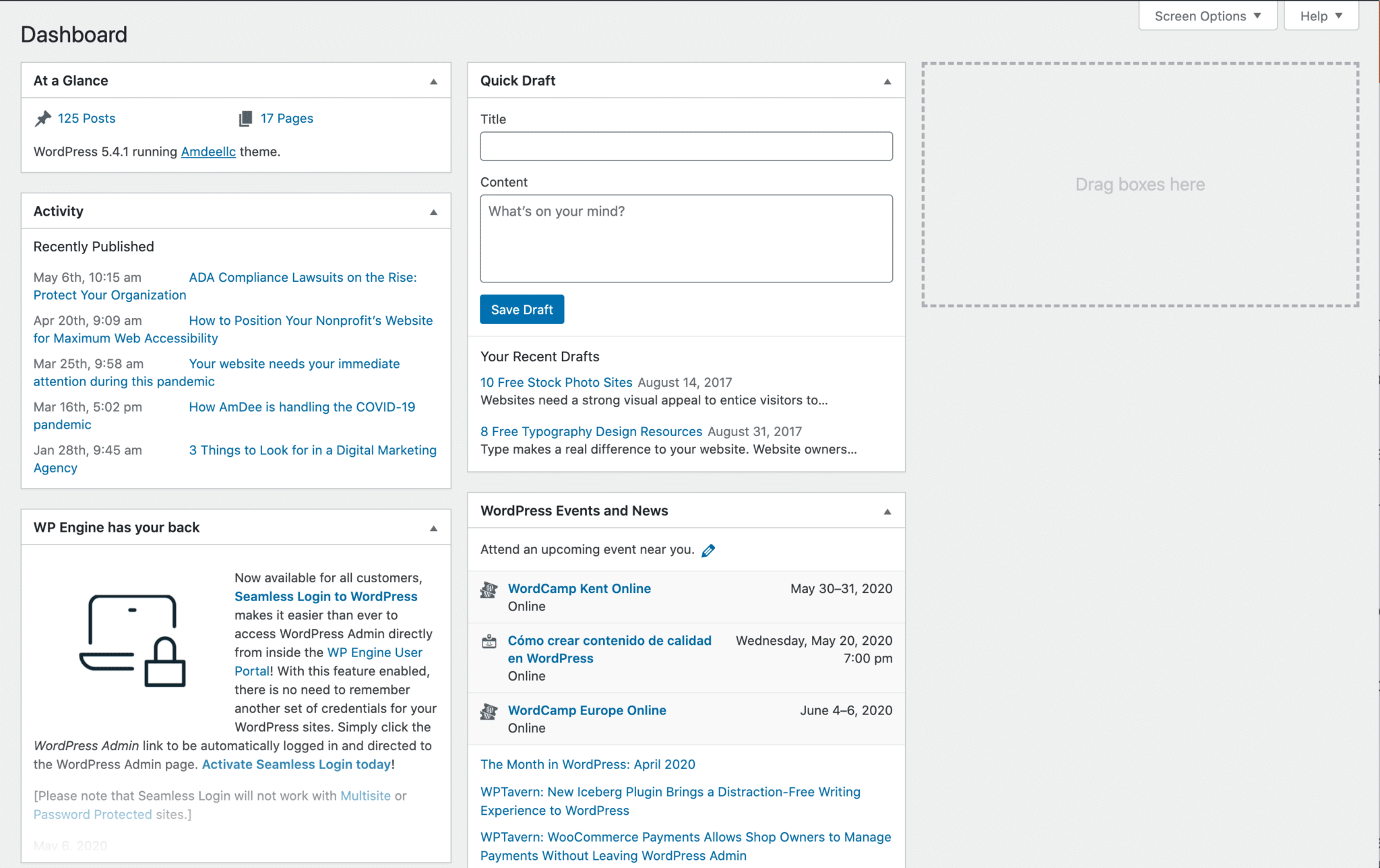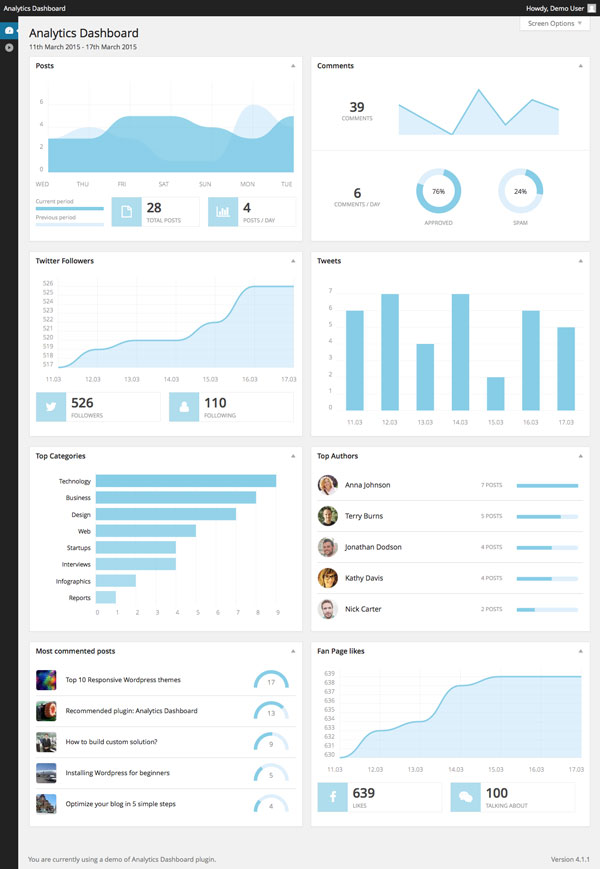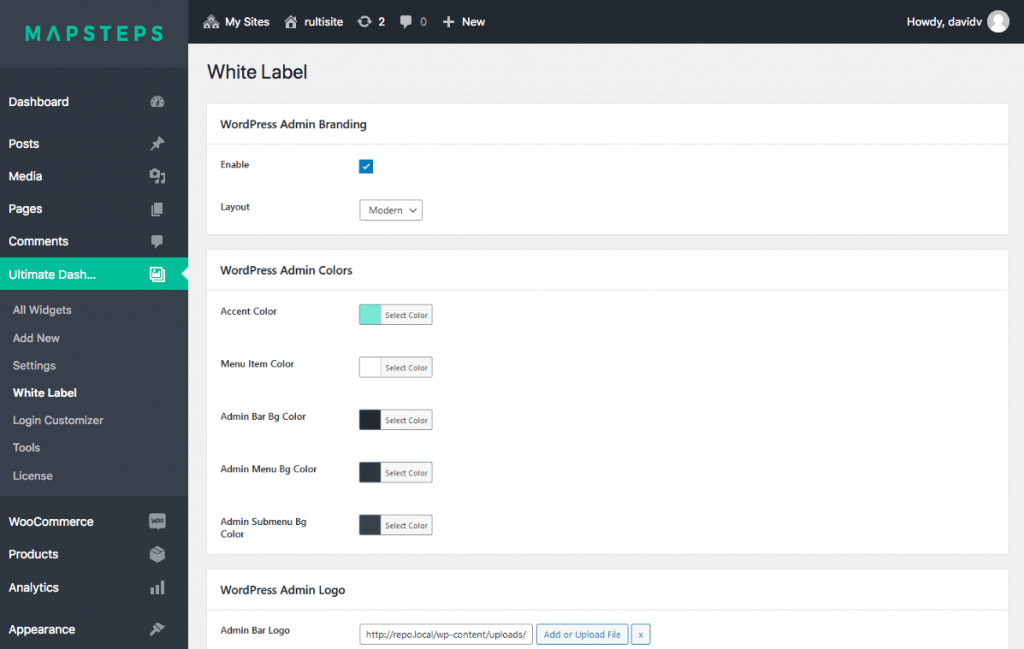
- #WORDPRESS DASHBOARD HOW TO#
- #WORDPRESS DASHBOARD INSTALL#
- #WORDPRESS DASHBOARD FULL#
- #WORDPRESS DASHBOARD PASSWORD#
Change colors for various parts of the formĬustomize the login page Step 4: Add Custom Dashboard Widgets.
#WORDPRESS DASHBOARD PASSWORD#

Here’s what it looks like after replacing it with the Kinsta favicon: Enter custom branding Step 3: Customize Login Page
#WORDPRESS DASHBOARD FULL#
Once you finish the setup wizard, you’ll unlock the full settings area, which gives you access to lots of other settings. Then, on the next page, you can add your client’s information ( if applicable): White Label CMS setup wizard part 2 Step 2: Customize Other Branding
#WORDPRESS DASHBOARD INSTALL#
Once you install and activate the plugin, head to Settings → White Label CMS to run the setup wizard.įirst, you’ll be able to enter your own information to replace the default WordPress branding: White Label CMS setup wizard

The free White Label CMS plugin is a good all-in-one CMS solution that will let you quickly customize most aspects of the WordPress dashboard. Suganthan Mohanadasan View plans White Label CMS Plugin: An All-In-One Tool for a WordPress Custom Dashboard We also try to be at that level with our SaaS tool support. Kinsta spoiled me so bad that I demand that level of service from every provider now. The speed of your WordPress dashboard is important, and a lot of times it’s overlooked when it comes to performance optimization. This is especially important if you have guest bloggers or clients logging into the back-end of your site on a daily basis. Or better yet, make these changes first in a staging environment before rolling it out to your production site. The front-end of your site should be serving primarily from WordPress cache.Īs with everything WordPress, it’s important to test before and after. This will typically only impact those that are logging into your site, not the front-end.

Click to Tweet Fair Warning Regarding Performanceīefore we dive into the tutorial, it’s important to remember that heavily customing your WordPress dashboard may result in slower back-end performance (or in some cases, it may load faster depending on what you’re doing). Then, we’ll share some more niche tools to more deeply handle the specific customization areas we mentioned above. Let’s start customizing! WordPress makes it easy to customize the back-end of your admin dashboard! 🖌️ Check out how.
#WORDPRESS DASHBOARD HOW TO#
We’ll start off by showing you how to use an all-in-one plugin that does a little bit of everything.



 0 kommentar(er)
0 kommentar(er)
